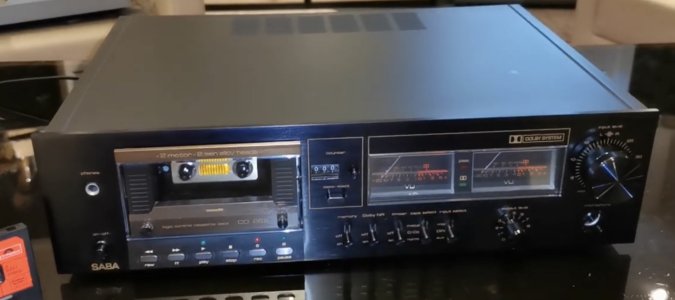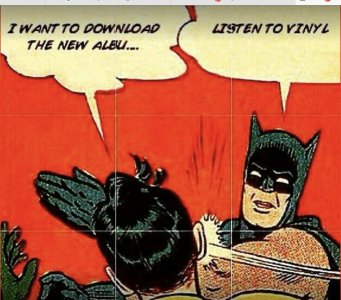I wanna clarify some things and just add some thoughts for completeness relating to the last snake oil update. (this time no images and fewer emojis)
The reason why i said "A/B testing dB min and max isn't scientific" is not because anecdotal evidence is useless in science. No. It's because in this particular case the ambient noise floor in your listening room fluctuates too much for the separate readings to be sufficiently comparable. (for example in my room - the dB min can fluctuate easily from 22-28 and the dB avg with no music playing can fluctuate even more) Similarly the consistency of positioning and quality of mic etc contribute significantly to measurement errors that in turn affects the comparability.
That's why in this case I encourage audiophools to "tune by ear" since this seems to be the most reliable way to "control" for these variables. Our auditory (and hydrostatic pressure sensing) systems are very capable of "controlling for" these differences in real-time it seems...

when I say the dynamic range seems higher it's because the summation of my nervous system input is telling me it is and this is roughly supported by crude measurements.

♂
With regards to the variability of the SQ with the time of day. This is probably also related to the dynamic nature of the ambient noise floor in real world situations... so i'm aware that it's not only AC quality that determines this perceived variability of SQ...
This may be a bit blasphemous to say, but imo often times the overall perceived SQ has a lot more to with the dynamic range of the source material (recording) that you are playing back and the quality of the mixing/mastering. That's why I think
@Fender and others perceive vinyl records to be better sounding than their digital counterparts. In most cases (athough vinyl is actually more limited in its potential theoretical max dynamic range compared to digital) even digital vinyl rips invariably tend to measure better in dynamic range measurements. Probably because mixing and mastering engineers that work on digital media are instructed to make the records sound better in a higher ambient noise environment, to make them "pop" more - such as a car stereo system (where background noise levels could be as high as 70dB).
This is another area where A/B testing could shed some light btw - comparing SQ of vinyl to digital vinyl rips. any volunteers?? if you want me to dig up some examples - there are some "full sets" of albums that contain copies of all the masters in the form of hi-res digital downloads. i.e. high quality vinyl rips, CD rips, and the standard hi-res that was mastered for streaming. these can then be compared to the physical vinyl version in your system. sounds like a fun day of listening to me!!
I must add that this reduction in dynamic range (or compression) isn't necessarily a bad thing because the studios have recognised that digital media (probably because of extra convenience) tends to be consumed in higher ambient noise environments compared to vinyl... but it does mean that unfortunately those of us who are digital-first (digital-streaming-only, even!!) do not have access to copies of the masters that were mixed/mastered with a high DR. unless we are willing to source vinyl rips from virtual internet pals etc.

cassette tapes for example afforded a degree of extra convenience and portability etc that just wasn't possible in the vinyl era (also a technically higher theoretical max dynamic range). I mean, the boombox and probably all of hip-hop wouldn't even exist if it wasn't for the cassette tape - because it facilitated sampling on the fly while you were listening to tracks on the block with your homies on your portable sound system... I mean if that's not mind blowing then I don't know what is.

but anyways, my point is that even in the tape era - the loudness war/race had already begun.
most of the impressions are indeed my genuine opinions. And yes, the delivery is intentionally satirical because I want to convey a degree of self-awareness, even if I sound insane to myself!



